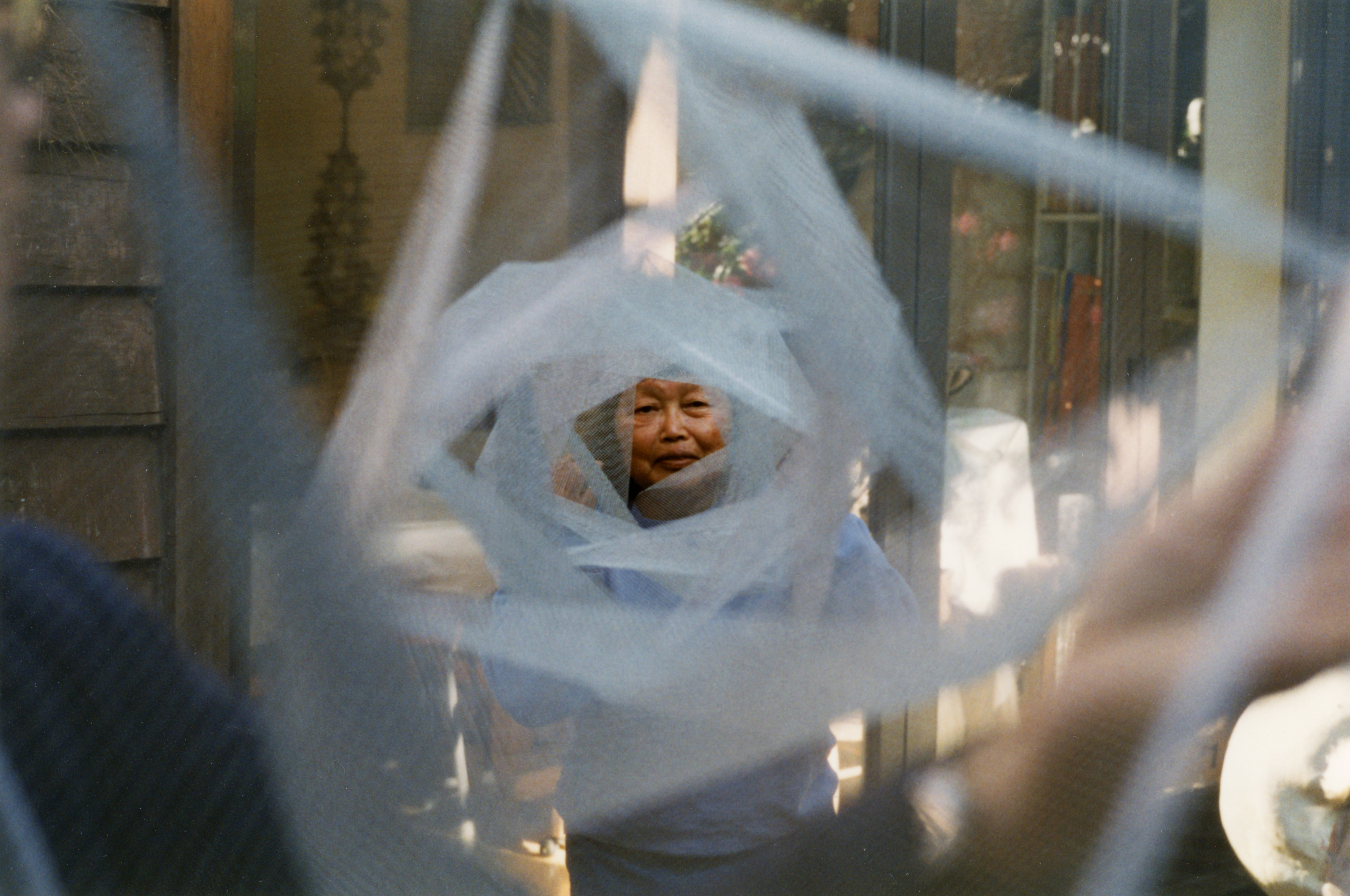Ruth Aiko Asawa (1926 – 2013) had a long and inspiring career as an artist, educator, and arts advocate.
Her early life was marked by growing up on her family’s farm in Southern California and the eventual incarceration of her family as a result of Executive Order 9066. The order was signed by President Franklin D. Roosevelt on February 19, 1942, when Asawa was 16 years old. In tandem with the nation's rising anti-Asian racism and the division of the West Coast into military zones, the order led to the unjust incarceration of approximately 120,000 Japanese and Japanese Americans.
Asawa’s youth was shaped by her encounters with art and artists as seen from her time spent with fellow incarcerated Japanese Americans who were artists for Disney, to her role as art editor of the yearbook at her high school in the Rohwer concentration camp. Asawa continued to follow her passion for art by first attending Milwaukee State Teachers College but eventually found a more nurturing and less discriminatory education at Black Mountain College.
Ruth Asawa and her husband Albert Lanier moved to San Francisco in 1948 (Lanier) and 1949 (Asawa). By the early 1960s, she was a staple in the SF art community. Asawa’s community continued to grow as she became an active member of the San Francisco Arts Commission and co-founded the Alvarado School Arts Workshop, successfully bringing arts education

Ruth Asawa holding a project made in collaboration with San Francisco State University students, 1997. The piece currently hangs in the lobby of the Fine Arts Building.
Photo © Laurence Cuneo. Artwork © 2024 Ruth Asawa Lanier, Inc. / Artists Rights Society (ARS), New York. Courtesy David Zwirner.
into San Francisco’s public schools. Asawa’s passion for art, education, and arts advocacy culminated in her many public commissions as well as her role in the 1982 opening of San Francisco’s first arts-dedicated public high school. Originally named the School of the Arts, in 2010 it was renamed the Ruth Asawa School of the Arts in her honor.
Her final public work was San Francisco State University’s Garden of Remembrance, dedicated in 2002. The name of the garden is a direct reference to the annual Day of Remembrance, observed by Japanese Americans on February 19, the day of the signing of EO9066. The garden was created to memorialize Japanese and Japanese American incarceration during WWII, and specifically to honor the 19 SF State students of Japanese descent forced to withdraw from classes. Asawa and her collaborators had a purpose for each detail of the space. The landscaping is an ode to traditional Japanese gardening techniques, the serene waterfall references the resilience of the Japanese and Japanese American communities, and the 10 large boulders represent the concentration camps of the time.
Ruth Asawa’s experiences as a second-generation Japanese American, her nature-oriented childhood, and her time held in a concentration camp left a powerful impact on her work which is undoubtedly seen in the respect she showed to the Garden of Remembrance.
Written by Adrienne Cruse, SFSU Anthropology Major and Museum Studies Minor
More About Asawa
Visit Ruth Asawa's website to learn more about the many public art pieces Asawa created for the San Francisco Bay Area from her friends and family.